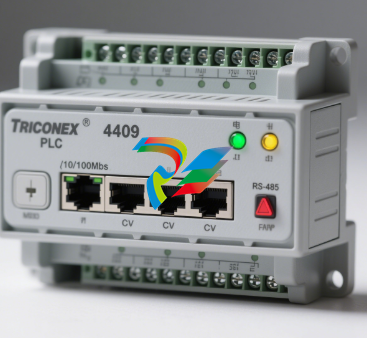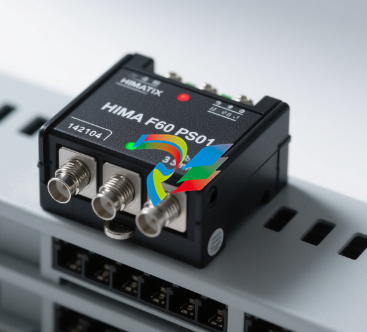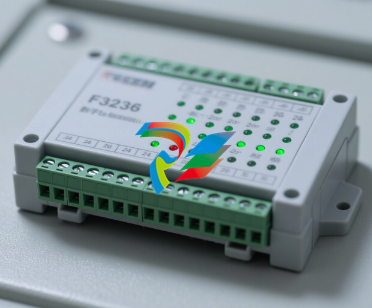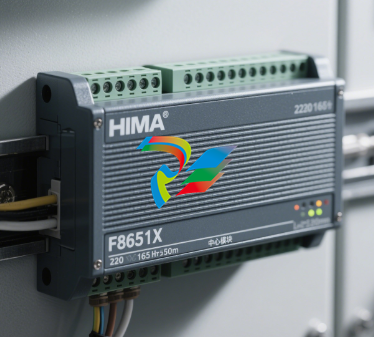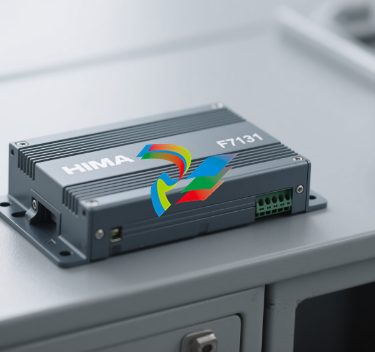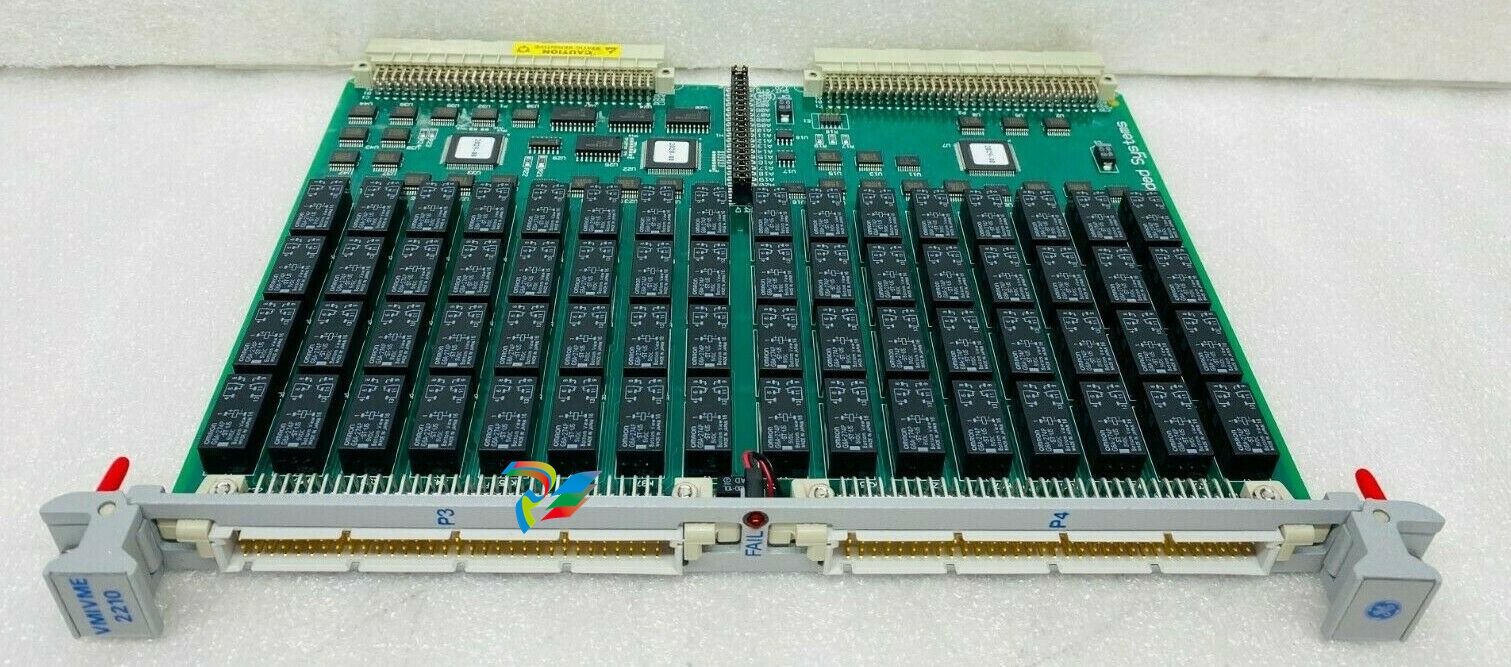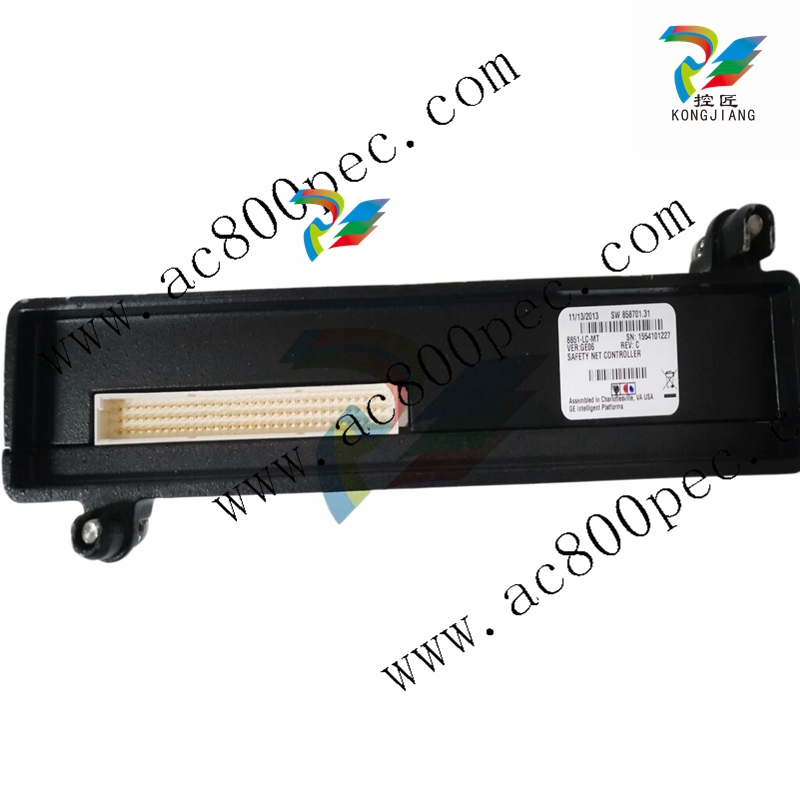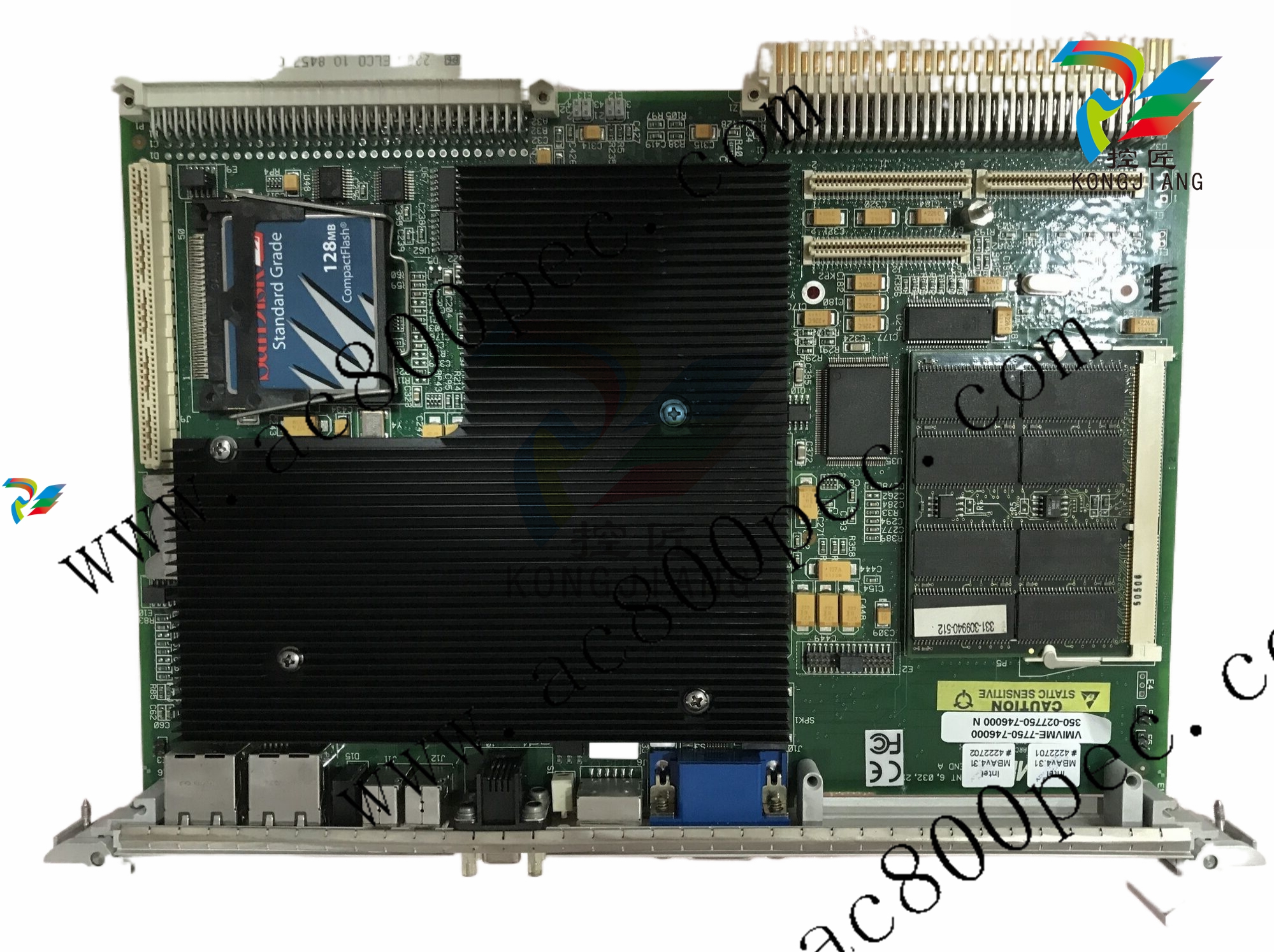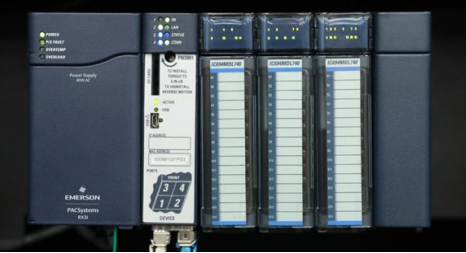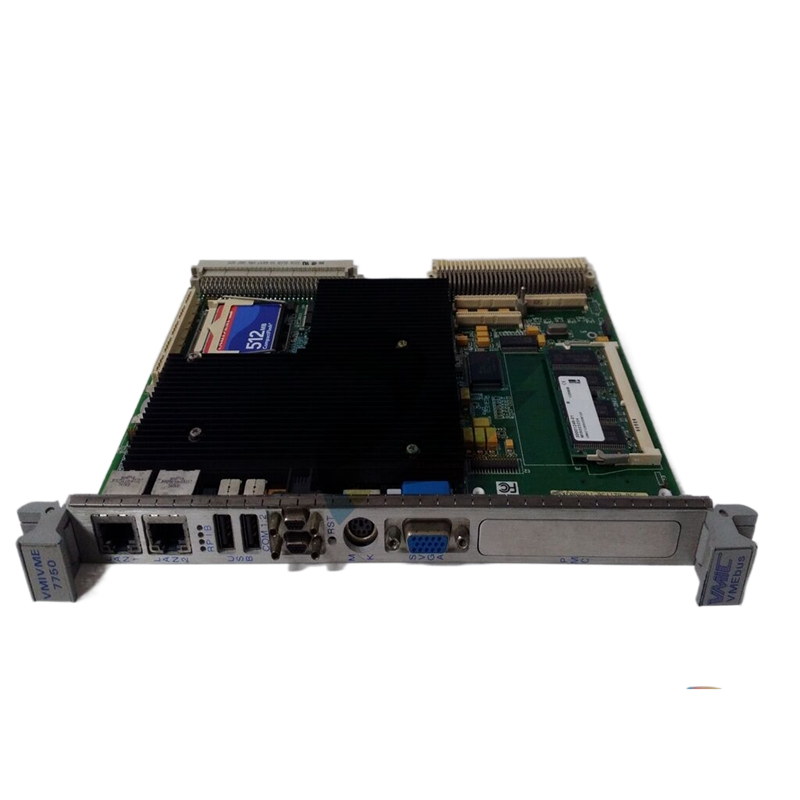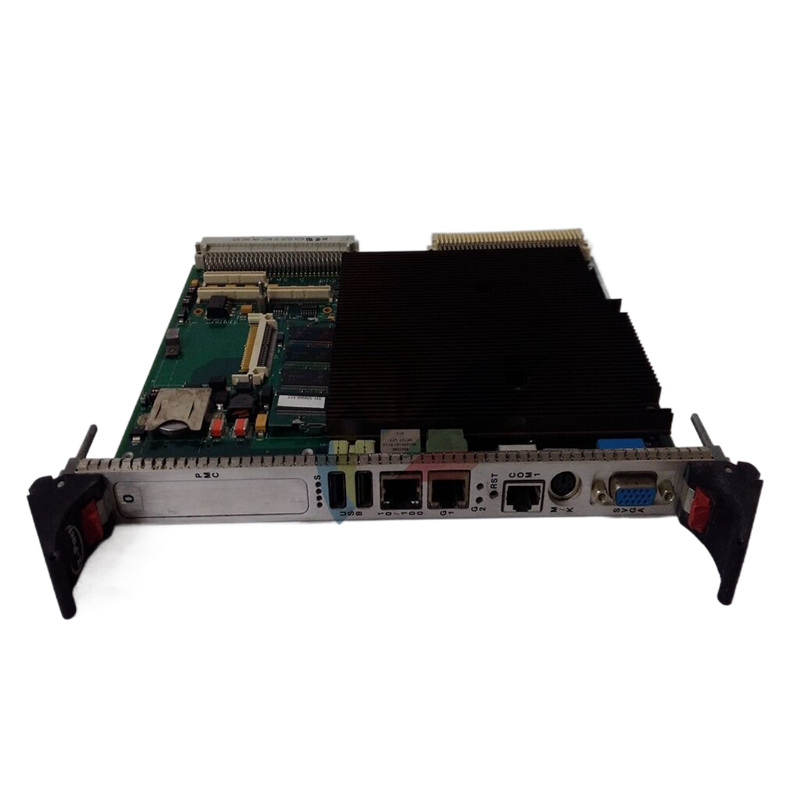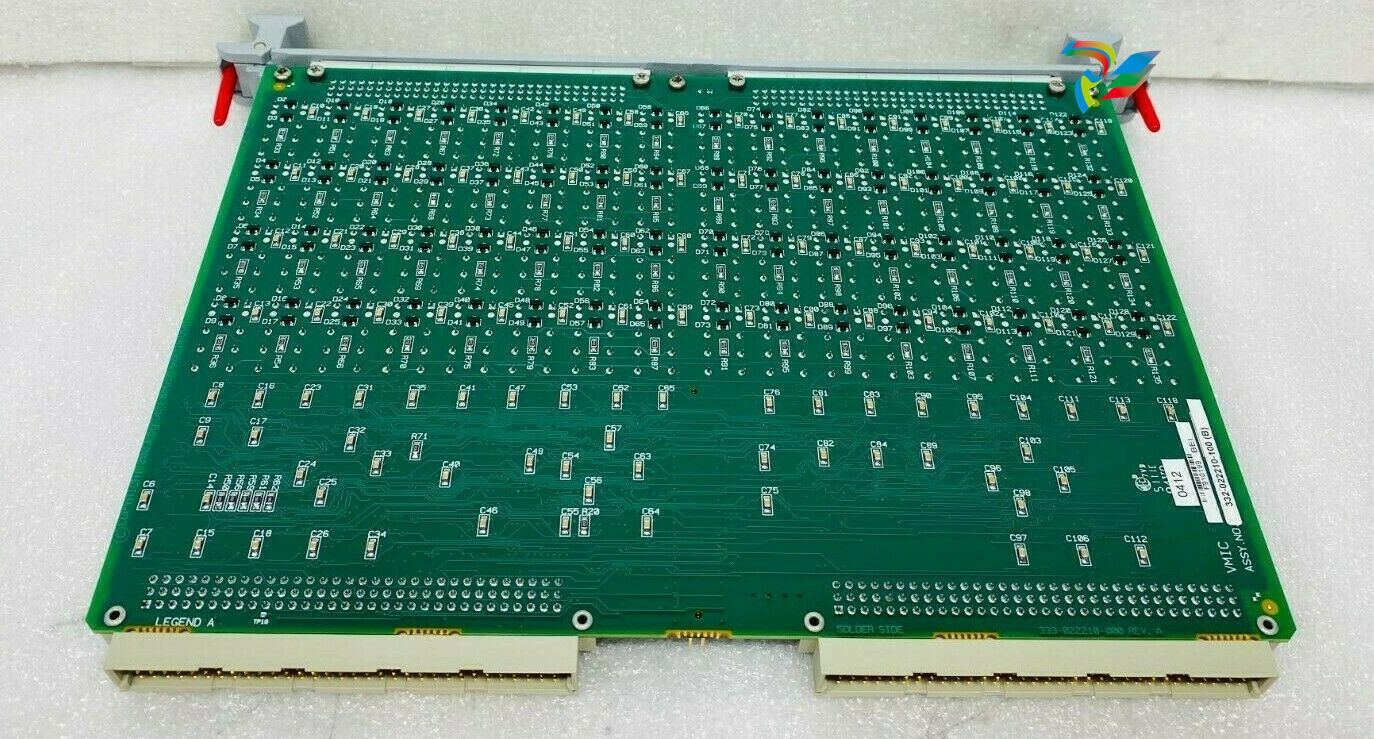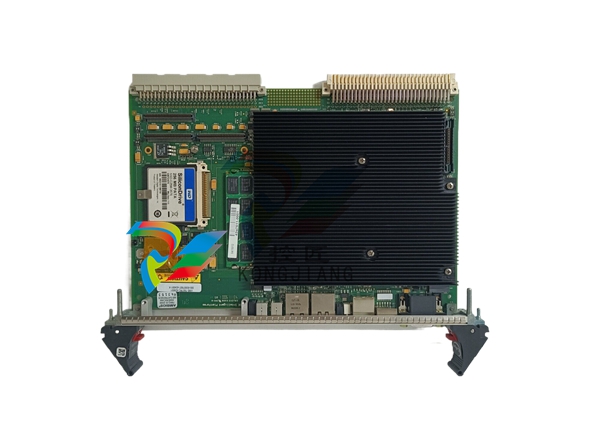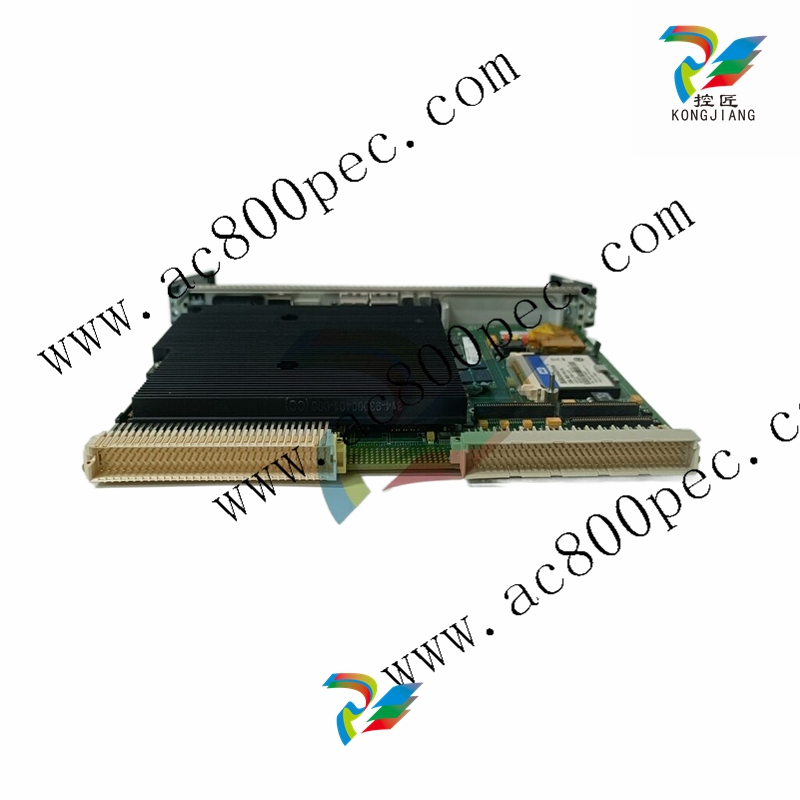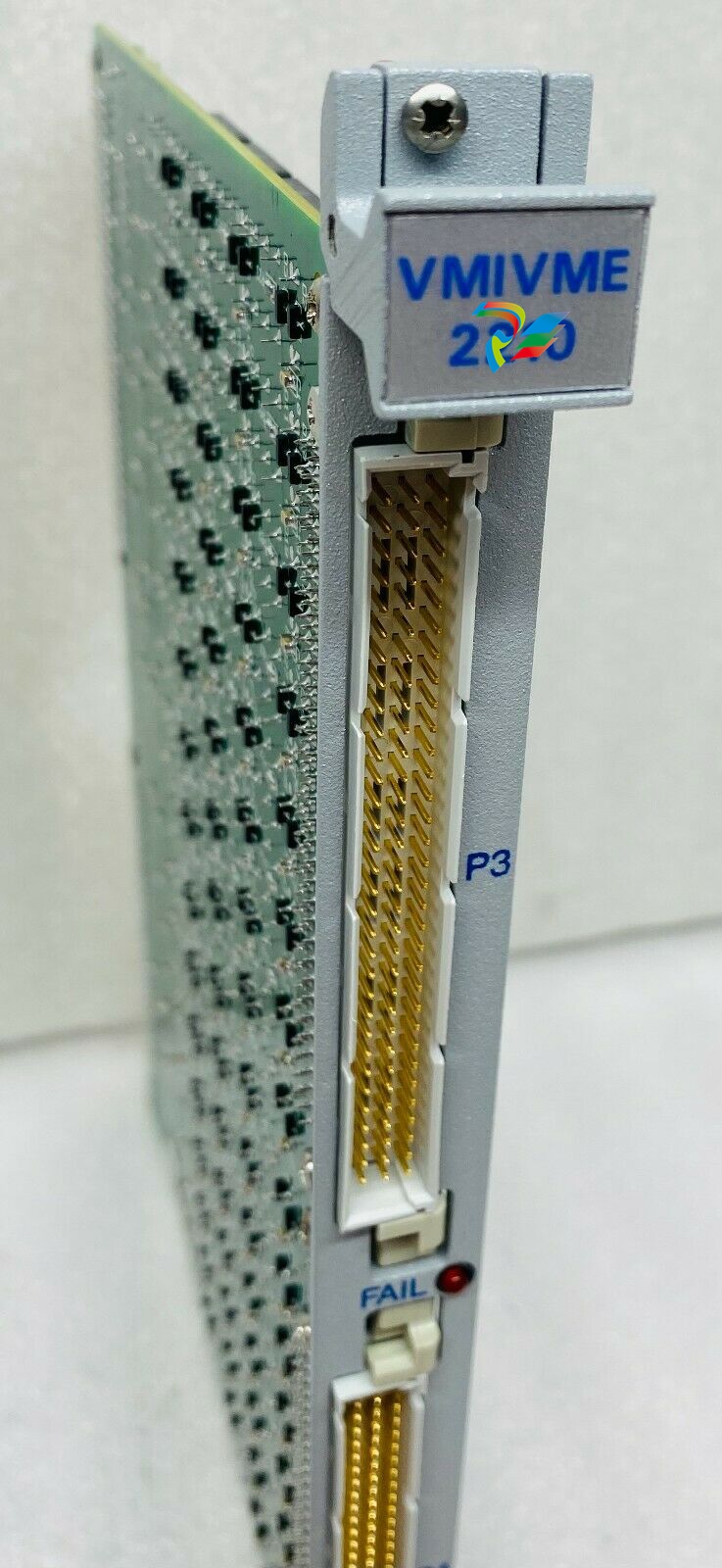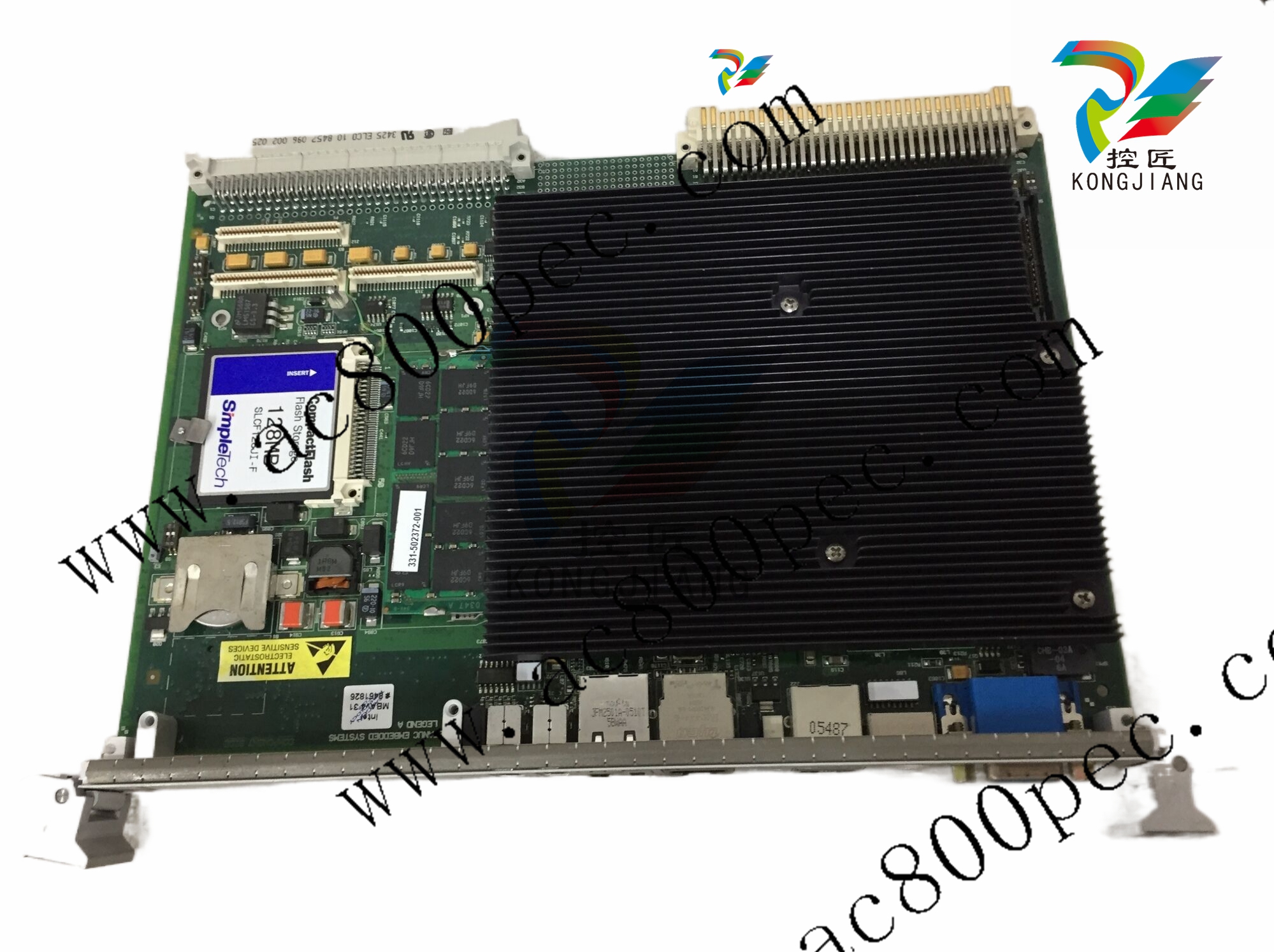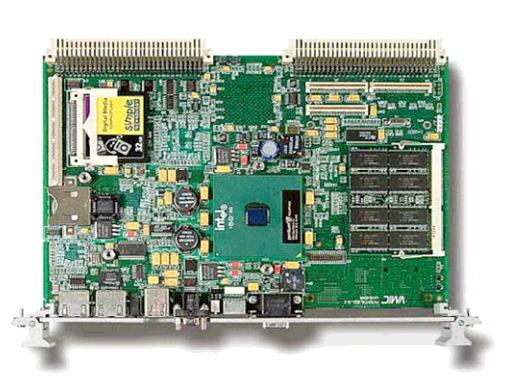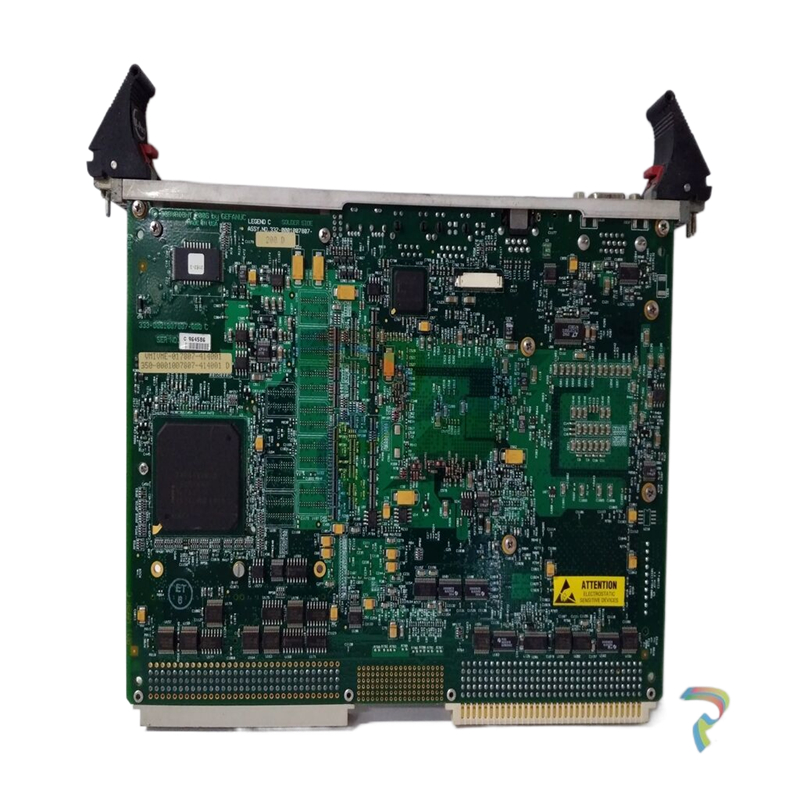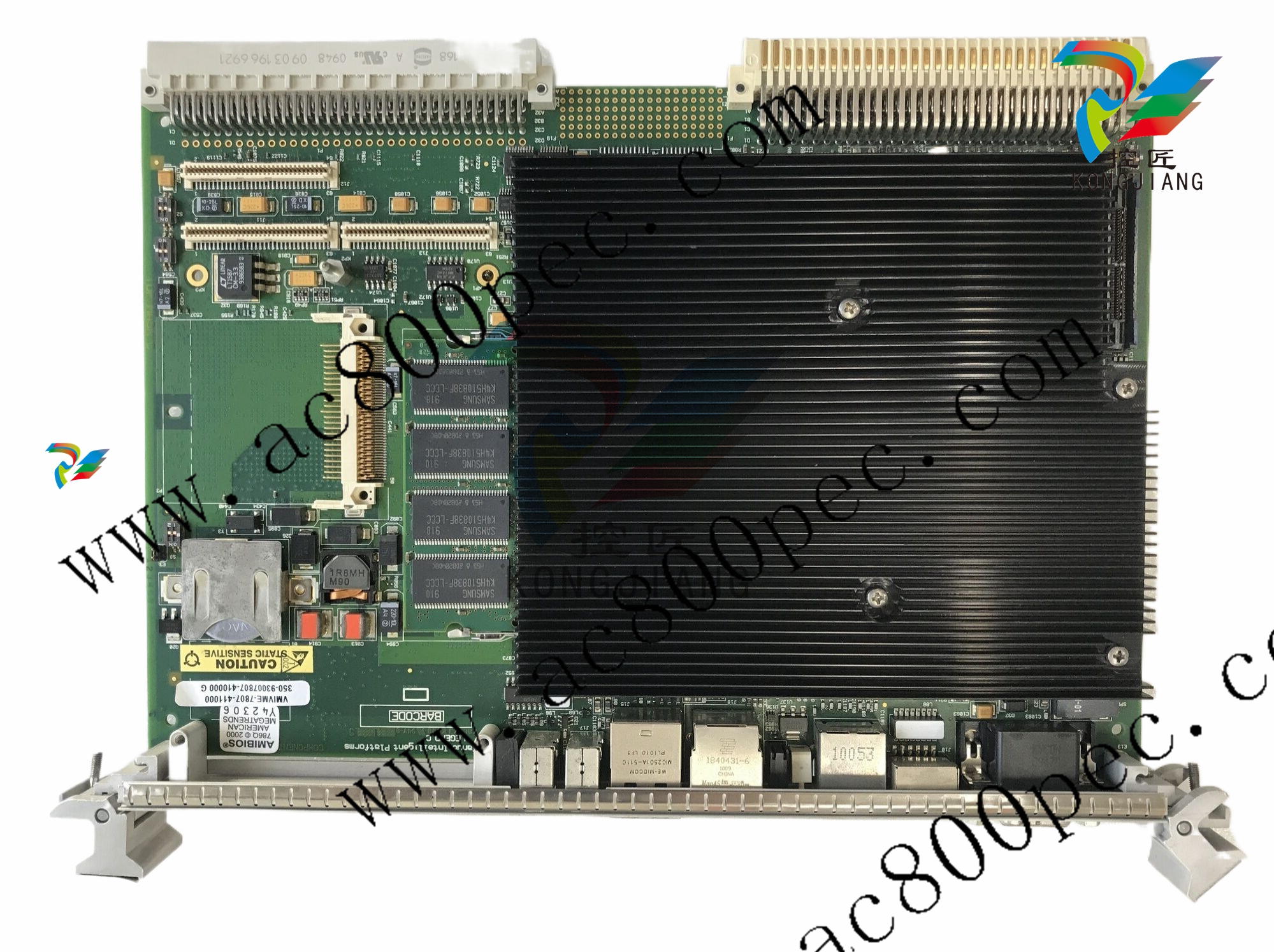
HarmonicHarmonic Drive™ servo
pulse train of the multi-turn counter in response to the [ABS data request] signal. The resolution of the
encoder is 8192 positions per turn (13 bits). To obtain actual resolvable position of the actuator, the
absolute pulse train should be multiplied by the reduction ratio of the actuator.
u Multi-turn counter
The multi-turn counter outputs a current absolute pulse train combined with an absolute pulse train of
the single-turn absolute encoder system in response to the [ABS data request] signal. The allowed
range of the counter is from +4095 to –4096. To obtain an actual resolvable position of the actuator, the
absolute pulse train should be multiplied by the reduction ratio of the actuator.
u Energy-saving mode
In the energy-saving mode, even during no power supply for the HA-655 driver, the multi-turn counter
keeps a count in its memory only by the power of a built-in condenser and a built-in battery.
u Allowable encoder (motor) speed in energy-saving mode
The limit of an encoder (a motor) speed is 5,000r/min. The [alarm 55: ABS multi-turn data error] occurs if
the encoder rotates at more than the limited speed, and a correct absolute pulse train of the multi-turn
counter may not obtained. Moreover, there are additional limits during motor acceleration duration as
shown the figure below
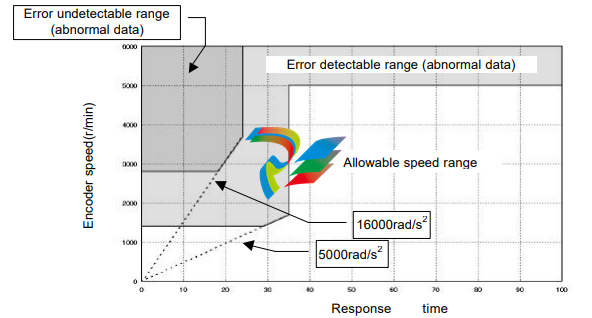
u Notice at power on If power is turned on while the motor rotates at 2800r/min or more, the [Alarm 55] may occur. In spite of the alarm, the multi-turn counter works normal. u ABS (multi-turn) data clear signal (CN2-11: ABS-CLEAR) The ABS (multi-turn) data clear signal should be inputted at: (a) the initial power supply, and; (b) wasting about 30 minutes or more for exchanging the built-in battery. At either case, the multi-turn counter does not keep any data. To recover from the problem, move the actuator to a proper origin and input the [ABS (multi-turn) data clear signal] at least four seconds to clear the multi-turn counter to zero. However, the single-turn encoder keeps its resolvable position during above-mentioned operation firmly. During exchanging the battery, the built-in condenser helps the multi-turn counter to keep its count at least about 30 minutes with charged energy in the condenser. Therefore, the operation of inputting [ABS (multi-turn) data clear signal] is not required before discharging the energy. Though the [alarm 50: encoder failure] may occur at power ON operation after exchanging the battery, the encoder system is normal. To recover the problem, shut off the power once and turn it on again. u Acquisition of absolute pulse trains generated by absolute encoder system The HA-655 driver provides two selectable acquisition methods of absolute pulse trains generated by the absolute encoder system; from I/O ports and from CN3 port (RS-232C). (a) Acquisition from I/O ports (CN2-44, -45 and CN2-46, -47) Acquiring an absolute pulse train An absolute pulse train of an absolute encoder system is a combination of an absolute code (13 bits) of the multi-turn counter expressing an encoder’s revolution number from its origin, and an absolute code (13 bits) of the single-turn encoder expressing a resolvable position of the encoder (the motor). Incremental signal trains following to the absolute pulse train of an absolute encoder system may be used for monitoring signals of operating condition of the motor. As a rule, acquiring an absolute pulse train is possible only one time during power ON procedure illustrated below. If acquiring an absolute pulse train is required at another timing, use the CN3 port for acquiring while the motor is stopping.
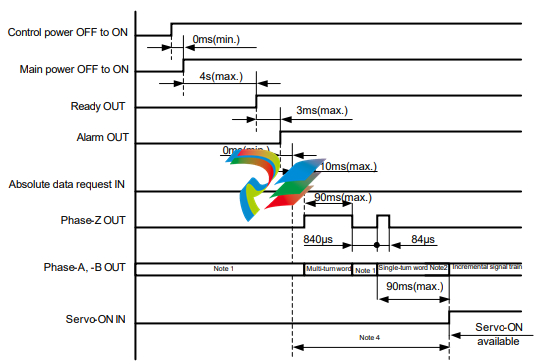
Note 1: Both output signals of phase-A and phase-B are settled at LOW-level. To settle at LOW-level, at
least three pulses are outputted. Make a sequence for the host device ignoring outputted pulses while the
phase-Z is LOW-level before generating an absolute pulse train, and during other LOW-level duration of
the phase-Z signal.
Note 2: An absolute pulse train for single-turn encoder is outputted after around 1 ms of outputting
phase-Z signal.
Note 3: The servo-ON signal is unaccepted until completing the transmission of a set of absolute pulse
trains by the [absolute data request] signal.
Note 4: The [alarm 57] occurs if the single-turn encoder rotates more than 127 resolvable position while
the multi-turn counter is transmitting an absolute pulse train.
Acquiring multi-turn count
For FWD revolution of the encoder (motor), the phase-A signal has 90 degree phase shift against
phase-B signal, and for REV revolution the phase-A signal has 90 degree phase delay against phase-B
signal as shown below.
Increasing or decreasing the multi-turn counter of the host device should be discriminated by the phase
shift or delay of phase-A against phase-B. Acquire the signal at rising edge of the signal

For FWD revolution of the encoder (motor), the phase-A signal has 90 degree phase shift against
phase-B signal, and for REV revolution the phase-A signal has 90 degree phase delay against phase-B
signal as shown below.
